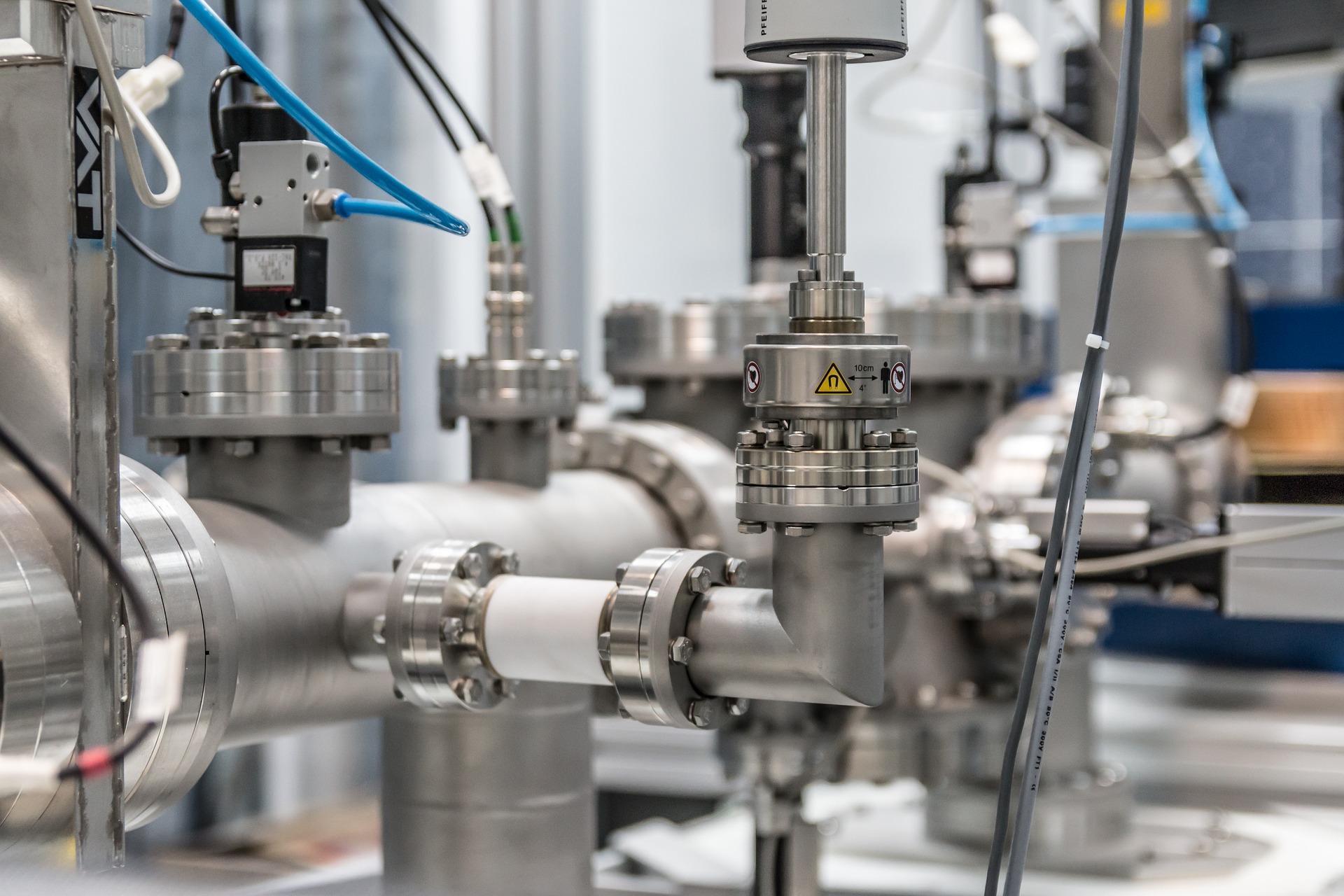The methodology of Acoustic Emission (AE) for «Detecting and Monitoring» Damages, Cracks and Leaks in different structures, is widely used, and well-established technique, in the Non-Destructive Testing (NDT) framework.
Governments and Authorities impose strict and severe regulations on operators of industrial plants, demanding inspection of equipment on a regular basis according Standards or Legislation requirements.
Swiss Approval in the context of Integrity Assessments & Corrosion Mapping activities, applies Acoustic Emissions to understand the nature and extend of the problem, and further investigate with other advanced NDT, in order to get the answers regarding Size, Geometry and qualification of defects.
Acoustic Emission testing is an accepted inspection method, and it has to be interpreted in a Second Level, in combination with another volumetric NDT method, such as ultrasonic testing (UT). Swiss Approval follows second level investigation with specific Phased Array tools, including other UT applications, in order to determine Size of and Map defects.
The Acoustic Emission inspection guarantees minimum downtime of equipment and a highly reliable inspection result. An AE test detects and locates active defects in the material of the equipment. Analysis of data allows distinguishing severity of AE sources.
Classification of sources will decide what kind of further actions are required.
Integrity of Equipment and Corrosion Mapping are the most important application fields of AE.
Advanced corrosion leads to leakage and in its worst case even loss of integrity.
Any such failure implies loss of asset and the risk of additional damage compensation costs.
A leaking medium may pollute environment and be hazardous for people. Hence, it is vital for an operator to know the condition of storage containments in order to schedule maintenance.
AE testing is a method for screening active corrosion and active leakage in Storage Containments. The test method exploits acoustic emissions of corrosion process or leaking medium.
It is a «Non-Intrusive» method without the need of opening and cleaning the storage containment prior to inspection. The result of an AE test poses a recommendation for a maximum operation period until a subsequent inspection is necessary.
Corrosion of the flat bottom of above ground storage tanks have been screened with AE for many years now. By analysing AE data, corrosion sources can be located and classified into classes of different severity. The operation period until next inspection is based on severity of a corrosion source.
Leakage in valves, pipelines or storage tanks causes loss of transported or stored medium, i.e. your asset, pollution and danger factors to environment as well as people. For safety reasons and asset protection, leak testing is an important task for operators of plants and pipelines.
AE leak testing is a «Non-Intrusive» method of detecting, quantifying and locating leaks.
Friction of leaking medium generates sound waves in the ultrasonic range which can be detected and analysed by an AE measurement system.
Pipelines of any diameter can be inspected without the necessity of complete access to the pipeline. AE sensors need to be mounted in certain distances which guarantee that the waves reach at least two sensors for linear location.
Swiss Approval applies additional Advanced NDT solutions, either for Leakage in Valves, Pipe Lines or Storage tanks Bottoms or Shells, as a second level inspection approach, in order to guarantee the integrity and reliability of reporting and related certification activities.
Customizing
Swiss Approval is customizing monitoring and inspection Acoustic Emissions solutions, which activity can be realized in several steps, via solutions development by an internal or external Engineering Team.

